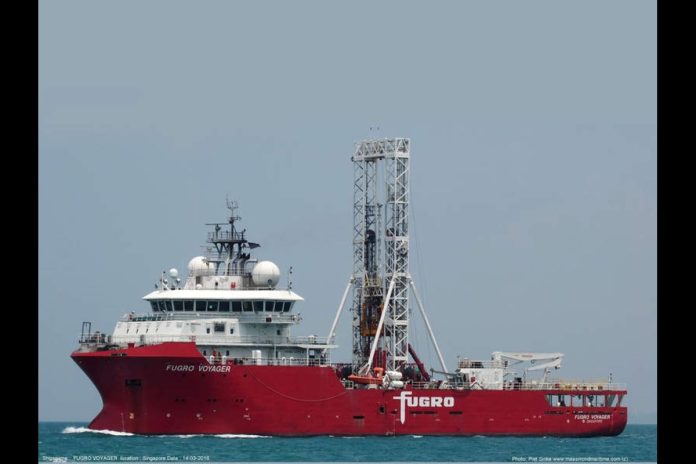In January 2023, it was reported that a new petroleum policy was in motion, after Prime Minister Narendra Modi inaugurated the onshore gas production facilities of Oil and Natural Gas Corporation (ONGC)’s Cluster-2 deep-water field off the Andhra Pradesh coast, from exploration block KG-DWN-98/2 in the Krishna-Godavari (KG) sedimentary basin.
It was a judicious policy, designed to tap and monetise commercially marginal assets at a time when the global oil industry was in turmoil because of the Russo-Ukrainian conflict, and its attendant slew of stifling unilateral sanctions by the West.
It was a time when ONGC had initiated oil production from another cluster of oilfields in the Mumbai offshore region. These volumes weren’t Bombay High-ish by any measure, but they bought the government precious elbow room and breathing space while our foreign office did its job to ensure India’s energy security.
Thus, there was great cheer yesterday, 8 January, when Hardeep Singh Puri, our oil minister, announced the production of first oil from ONGC’s KG-DWN-98/2 block off the Andhra coast.
From a technological perspective, this is one more feather in ONGC’s cap, because the crude oil is rather waxy and troublesome to produce. And, in a reflection of how forthright government functioning has become, ONGC announced that its previous estimates of peak oil and gas production from KG-DWN-98/2 had been reduced from previous plans by 35 to 40 per cent.
This is a wise move, since India and its behemoth public sector undertakings had been bedevilled for decades by the old Congressi-socialist style of setting unattainable or financially improbable targets, following which, they then spent the rest of the life of the project concocting abstruse justifications in a pidgin of bureaucratese and techno-babble, to explain why they were unable to achieve those targets.
From past professional experience, this writer can confirm that such literary jugglery is actually quite easy to concoct, especially during the annual audit, since even the most astute of auditors can be befuddled by glitzy charts of relative permeability, and mile-long computations on sweep efficiency!
But this time, ONGC, with the sagacious approval of the Oil Ministry, have set out more conservative and achievable targets for themselves. By it, the production will be gradually ramped up to 45,000 barrels of oil, and around 10 million cubic metres of gas, per day.
Again, this is the right approach, because the world of oil is changing, and the concept of one global price for crude oil or natural gas is being worn down to dust.
It is quite possible that, by the time oil and gas production from KG-DWN-98/2 hits attained a reasonable plateau, and amortisation of capital costs is well underway, the Indian government has entered into lucrative bilateral deals with established exporters and, importantly, new exporters straining to gain entry into an overcrowded market.
And at that point, if the government of the day decided that it was far more profitable to buy oil from a foreign source than strain the economics of this oil field offshore Andhra, it would actually be the commercially prudent thing to do.
Look at the Chinese for example: their new mega refineries are in competition with, believe it or not, their own countless, tiny, ‘teapot’ refineries who manage far better refining margins by importing low grade crude from Iran in bulk.
The ‘international oil price’ simply just doesn’t come into play in this equation. And there are others like it, elsewhere. Also, readers must bear in mind that Angola, a major producer, has exited the Organization of the Petroleum Exporting Countries (OPEC) last month. It means that there is roughly a million barrels of oil available every day for procurement, outside that established trading system.
For its part, India has just entered into a memorandum of understanding with Guyana, whereby, the Indian government and Indian companies will be participating in the exploitation, refining and purchase of oil and gas from the world class discoveries which abound in the truly world-class offshore Guyana-Suriname basin of the southern Caribbean.
And while all these novel realignments jostle one another, the oil and gas from ONGC’s KG-DWN-98/2 will be saving foreign exchange, reducing import dependency by that much more, recovering past investments, and improving ONGC’s balance sheet.
This demonstration of pragmatism, and perseverance of policy in such a critical sector like energy is welcome news indeed, which deserves to be lauded since it shows that this is a government which has learnt to think on its feet.


